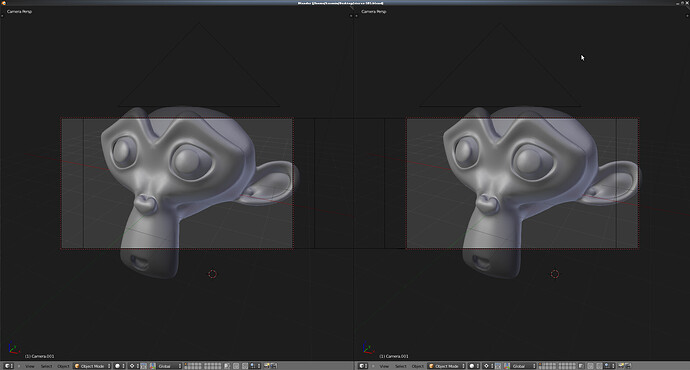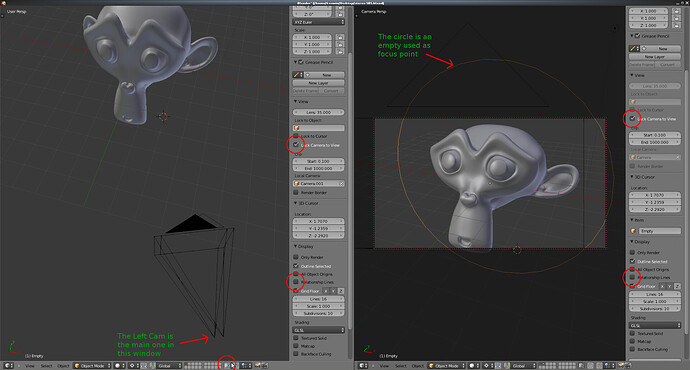Like everyone I believe, I have been astonished with the Multi View features and the presentation at the BCon14, though I don’t own an occulous rift nor a fancy 3D display, I think there is an -almost- working, available, cheap alternative.
Using a cardboard 3D viewer like the Google-cardboard or similar device we can use a smartphone with a big enough resolution/screen to display 3D SBS content. You may need to adjust it and add a custom head strap to attach it comfortably on your head.
Then you would also need your smartphone to be able to share its wifi connection via USB with your PC (lookup for USB tethering for your phone model, I use a S4 ). That’s the tricky part because you will need a VNC server on the PC and a client app on the phone and the USB tethering will give you a smaller lag than a traditional network where both devices communicate via the router ( note that it may vary depending on your hardware, I found out that the ping was faster for me with a USB tethered connection )
Small lag means an -almost- real time preview of your computer on the phone which can now display any 3D SBS content that would be shown on your computer screen such as Blender Multi View in Side by side mode .
And until the glorious & beloved developers bring us a Multi-View-capable stable release it’s possible to use the Lock View feature to get a simili-SBS window setup in the blender viewport. Obviously it’s is more limited but you can get a direct stereoscopic preview of your scene without using the Game engine. That way you can even sculpt in stereo from any version of Blender.
Here is a snapsot of the viewport arranged in kind-of-SBS mode :
More details on the setup :
The Blend template to load your scene: stereo-SBS.blend (525 KB)
( uncheck “Load UI” when loading your scene to keep the windows layout )
As you may know you can use Ctrl+left/right arrows to quickly navigate through the different viewport arrangements, to load or modify your scene and then go back in the “simili SBS” viewport. Also you may want to adjust the center delimitation between the left and right windows in the viewport and the focal point using the empty in the scene ( or remove it from the constraints of the right cam if you do your own stereo-cam setup ).
The left cam is a child of the right one and by un-toggling the button next to the layers at the bottom of the left viewport (see screenshot) you can use independant main cams in the 2 windows. Also only the right cam can be grabbed and moved and the “Lock Camera to viewport” does its magic there ( you can pan & zoom the cams are synchronized ). However be carefull not to select and move the Left cam in the left view or you would loose the stereo effect, try to keep your mouse in the right window during the “SBS mode”
Obviousely if you use any 3D viewer you may not be able to see the keyboard, which is a good way to improve your steno skills and the usage of Blender shortcuts ![]() , as menus and popups are window-specific they won’t display (properly) in the SBS layout (yet) but editing and many other features are still possible and more importantly you will get a better perception of the volumes during the geometry creation for about 5$ ( price of the biconvex lenses required if you built your cardbord viewer yourself using the template from google or your own ).
, as menus and popups are window-specific they won’t display (properly) in the SBS layout (yet) but editing and many other features are still possible and more importantly you will get a better perception of the volumes during the geometry creation for about 5$ ( price of the biconvex lenses required if you built your cardbord viewer yourself using the template from google or your own ).
The little lag from the VNC vidéo streaming is a limitating factor but unless you’re a hardcore speed-modeler that should be tolerable.
This method/hack would be obsolete once we’ll get Multi view but the fun fact is that this whole process was possible since the first smartphones with decent resolutions.

